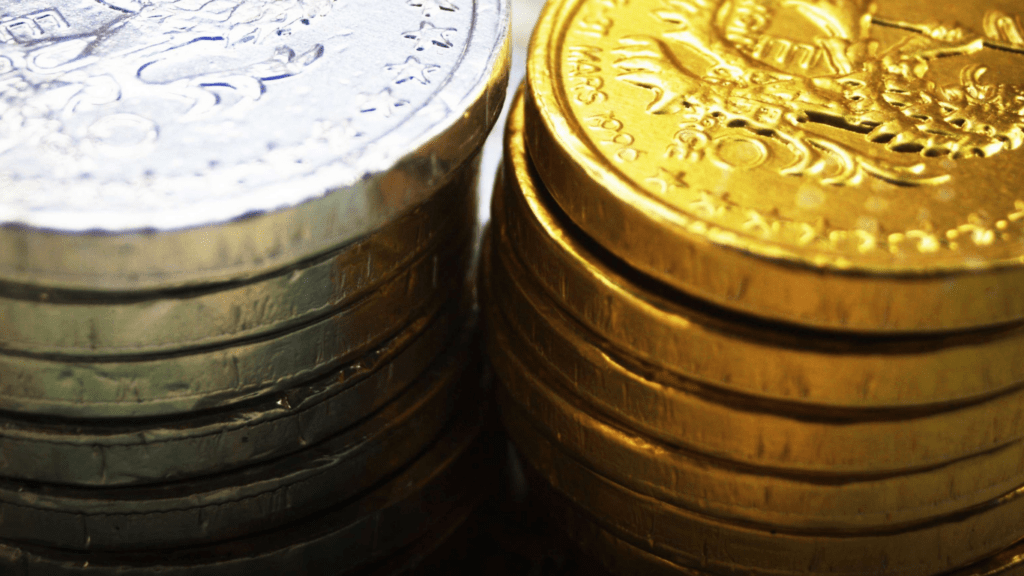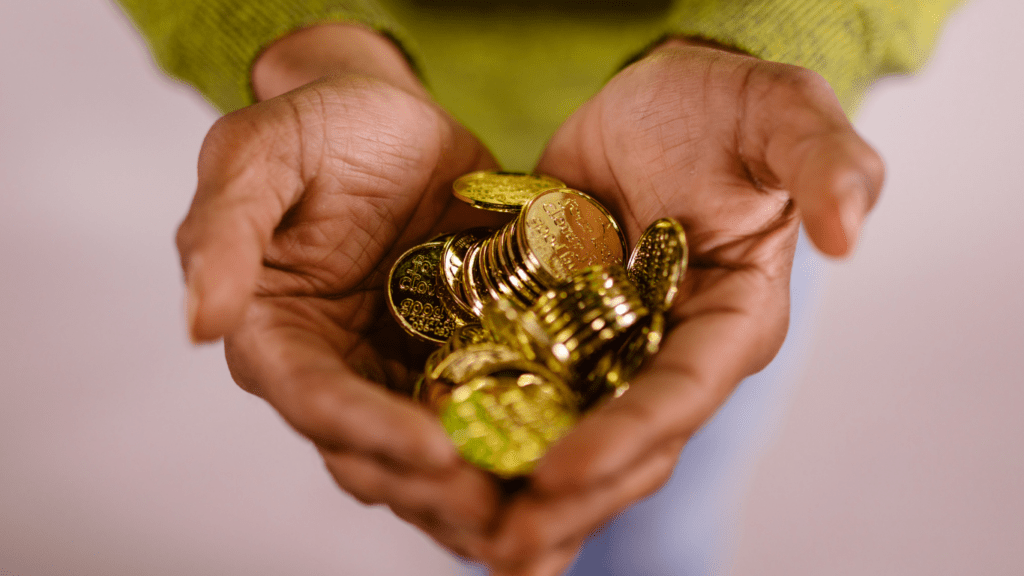Understanding NFTs
NFTs, or Non-Fungible Tokens, reside on a blockchain and represent ownership of a unique digital item. Unlike cryptocurrencies such as Bitcoin or Ethereum, NFTs aren’t interchangeable since each one has unique properties.
Key Characteristics of NFTs
- Uniqueness: Each NFT contains unique information, distinct from any other token. This uniqueness is what makes NFTs valuable and desirable for collectors.
- Ownership: NFTs provide verifiable proof of ownership via blockchain technology, ensuring authenticity and originality. Owners can sell or transfer NFTs through various platforms.
Use Cases for NFTs
- Digital Art: Artists mint NFTs to sell unique pieces that cannot be duplicated, offering buyers authentic ownership.
- Music: Musicians release tracks or albums as NFTs, providing exclusive content or rights to listeners.
- Virtual Real Estate: Digital worlds, like Decentraland, allow users to buy, sell, and develop virtual plots of land.
- Collectibles: NFTs can represent rare digital collectibles, such as virtual trading cards or limited-edition items in games.
Choosing Your Digital Artwork
Selecting your digital artwork is a pivotal step in creating and minting your NFT. Your choice will define the value and appeal of your NFT in the market.
Types of Digital Art
Digital art encompasses a broad range of formats. Illustrations, animations, 3D models, photographs, and digital paintings all qualify as digital art. To offer some examples:
- Illustrations: Hand-drawn or digitally created visuals, often used in comic books or graphic design.
- Animations: Moving visuals, including GIFs and short videos, which add dynamic elements to your art.
- 3D Models: Objects created using 3D software, popular in gaming and virtual environments.
- Photographs: High-quality digital photos that capture unique moments or perspectives.
- Digital Paintings: Artwork created using digital brushes and canvases, often replicating traditional painting styles.
Choosing the right type depends on your skill set and the audience you’re targeting.
Ensuring Ownership and Rights
Ownership and rights are crucial in the NFT space. Your creation must be original, and you need to hold the intellectual property rights.
- Original Creation: Ensure your artwork is genuinely yours and not copied from other sources.
- Intellectual Property Rights: Verify that you possess the rights to any images or elements used in your artwork, including royalty-free assets.
- Copyright: Consider registering your work with a copyright office to protect your creation legally.
By verifying ownership and rights, you safeguard your NFT’s authenticity and value.
Preparing for NFT Creation
Taking your first steps into the world of NFTs involves several essential preparations. These steps ensure a smooth process as you create and mint your unique digital assets.
Setting Up a Digital Wallet
To interact with the blockchain, I need a digital wallet. This wallet stores the cryptocurrency (like Ethereum) required for minting NFTs and pays for transaction fees.
Popular options include MetaMask, Trust Wallet, and Coinbase Wallet, each offering user-friendly interfaces and robust security features. After selecting a wallet, I must create an account, secure my private keys, and fund the wallet with cryptocurrency.
Choosing the Right Blockchain
The blockchain I choose for minting NFTs impacts costs, audience reach, and environmental impact. Ethereum is the most popular due to its extensive ecosystem and compatibility with most NFT marketplaces, but it has higher gas fees.
Alternatives like Binance Smart Chain and Polygon offer lower costs and faster transactions, while eco-friendly options like Tezos provide a greener footprint. Assessing the pros and cons of each blockchain helps me make an informed decision.
Minting Your NFT
Minting an NFT involves turning your digital artwork into a unique asset on the blockchain. This process ensures it can be bought or sold as a verifiable token with unique properties.
Platforms for Minting
Various platforms make minting NFTs straightforward. I recommend exploring:
- OpenSea: OpenSea is a user-friendly platform supporting various blockchains, including Ethereum and Polygon.
- Rarible: Rarible allows creators to mint NFTs easily while offering customization options like setting royalties for future sales.
- Foundation: Foundation focuses on high-quality digital art, providing a curated environment for artists.
- Mintable: Mintable offers an intuitive interface for minting NFTs without coding knowledge, and it supports both Ethereum and Zilliqa blockchains.
- SuperRare: SuperRare emphasizes unique, single-edition digital art pieces and operates on an invite-only basis for artists.
- Prepare Your Digital Wallet: Before minting, ensure you have a digital wallet (e.g., MetaMask) with enough cryptocurrency (ETH for Ethereum) for minting fees. Connect your wallet to the chosen platform.
- Upload Your Digital Artwork: On the platform, click the ‘Create’ or ‘Mint’ button, then upload your artwork. Supported file types usually include JPEG, PNG, GIF, or MP4.
- Add Metadata: Enter details like title, description, and properties of your NFT. Metadata helps define the uniqueness of your token and improve searchability.
- Set Royalties: Define a percentage of future sales you’ll receive as royalties. Platforms like Rarible and Mintable give flexibility in setting these rates.
- Choose Collection and Blockchain: Determine if your NFT is part of an existing collection or a new one. Select the blockchain network; Ethereum is prevalent, but others like Polygon might offer lower fees.
- Mint and List Your NFT: Complete the minting process by paying the required fees. Once minted, list your NFT for sale on the platform with your desired price or auction settings.
Following these steps, you can confidently mint your digital artwork into a valuable NFT, ready for the marketplace.
Listing and Selling Your NFT

After minting your NFT, the next step involves listing it for sale and promoting it to potential buyers. Ensuring the listing is attractive and marketing effectively will increase the chances of a successful sale.
Setting Your Price
Setting an appropriate price for your NFT requires careful consideration. Investigate the market to understand similar NFTs’ pricing, examining traits like rarity, artist reputation, collection value, and demand. Factor in minting costs, potential transaction fees, and desired profit margin. Using a fixed price, auction, or declining price listing impacts buyer perception. Research precedents to inform strategy choices before setting a price.
Promoting Your NFT
Promoting your NFT is crucial for visibility and attracting buyers. Utilize social media platforms like Twitter, Instagram, and TikTok to reach a broader audience. Engage in NFT communities on Discord and Clubhouse to share your creation. Collaborate with influencers or popular NFT artists for greater exposure. Craft appealing stories around your NFT, explaining its uniqueness and value. Leveraging these promotional channels maximizes awareness and interest in your NFT listing.
Best Practices and Tips
To succeed in the NFT space, follow these best practices to ensure your digital assets stand out.
Understand the Market
Research current trends, popular platforms, and successful projects. Study top-selling NFTs on platforms like OpenSea to identify patterns and preferences. Understand what buyers look for in digital art to tailor your creations accordingly.
Focus on Quality
Create high-quality, original artwork. Use professional tools like Adobe Photoshop for illustrations or Blender for 3D models. Ensure your work is unique by continually evolving your style and technique.
Secure Your Digital Wallet
Store your crypto assets securely. Use reputable wallets like MetaMask, Ledger, or Trezor. Enable two-factor authentication and keep your private keys offline to protect against hacks.
Set Realistic Prices
Determine prices based on market research and production costs. Factor in minting fees, platform commissions, and desired profit margins. Start with moderate pricing to attract initial buyers and gradually increase as demand grows.
Promote Effectively
Leverage social media and NFT communities. Use platforms like Twitter, Instagram, and Discord to engage with potential buyers. Share behind-the-scenes content, participate in discussions, and collaborate with influencers to enhance visibility. You can also create eye-catching promotional clips with a free animation tool to showcase your NFTs in a more dynamic and engaging way.
Optimize Metadata
Use precise, detailed metadata. Include descriptive titles, tags, and descriptions. Proper metadata helps potential buyers find your NFTs and increases discoverability on platforms.
Maintain Good Relationships
Engage with your audience. Respond to comments and feedback. Building a loyal community supports long-term success and can lead to repeat buyers.
Continuously Learn
Keep up with changes in the NFT space. Attend webinars, join forums, and follow industry leaders. Staying informed ensures you adapt to new trends and technologies effectively.
Choose the Right Timing
Evaluate market activity before minting new NFTs. Launch during high-traffic periods for better exposure. Avoid flooding the market during slow times to maintain the value of your assets.
Monitor Legal Aspects
Stay aware of the legal implications. Ensure compliance with intellectual property laws and platform guidelines. Protect your work with appropriate licenses to avoid disputes.
By integrating these practices into your NFT creation and minting process, you can enhance your chances of success in the digital marketplace.

 Alice Morillo is a prominent figure at The Digi Chain Exchange, known for her passion and expertise in the field of cryptocurrency and digital finance. With a keen interest in the evolving landscape of blockchain technology, Alice has dedicated herself to providing insightful content that helps both new and seasoned investors navigate the complexities of the crypto world. Her contributions to The Digi Chain Exchange reflect her deep understanding of market trends, trading strategies, and the regulatory environment surrounding digital assets.
Alice Morillo is a prominent figure at The Digi Chain Exchange, known for her passion and expertise in the field of cryptocurrency and digital finance. With a keen interest in the evolving landscape of blockchain technology, Alice has dedicated herself to providing insightful content that helps both new and seasoned investors navigate the complexities of the crypto world. Her contributions to The Digi Chain Exchange reflect her deep understanding of market trends, trading strategies, and the regulatory environment surrounding digital assets.

